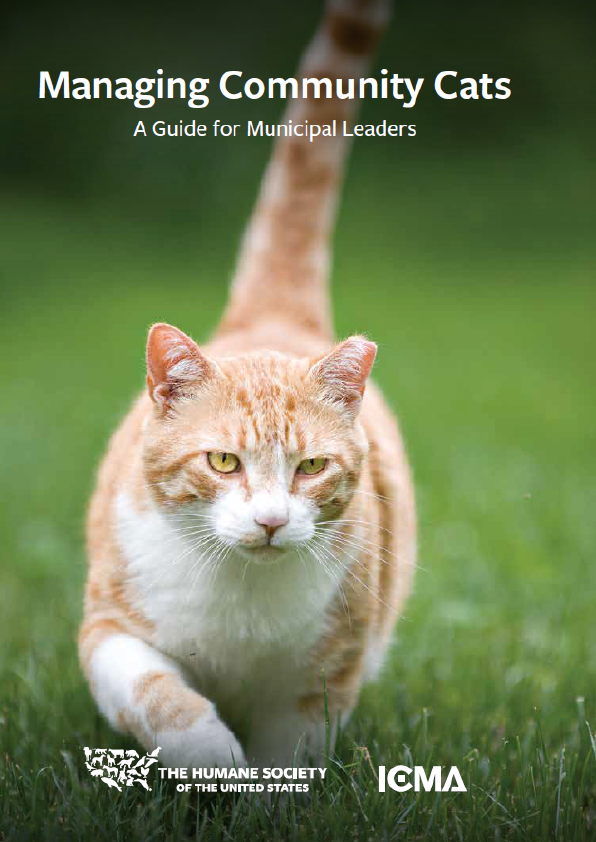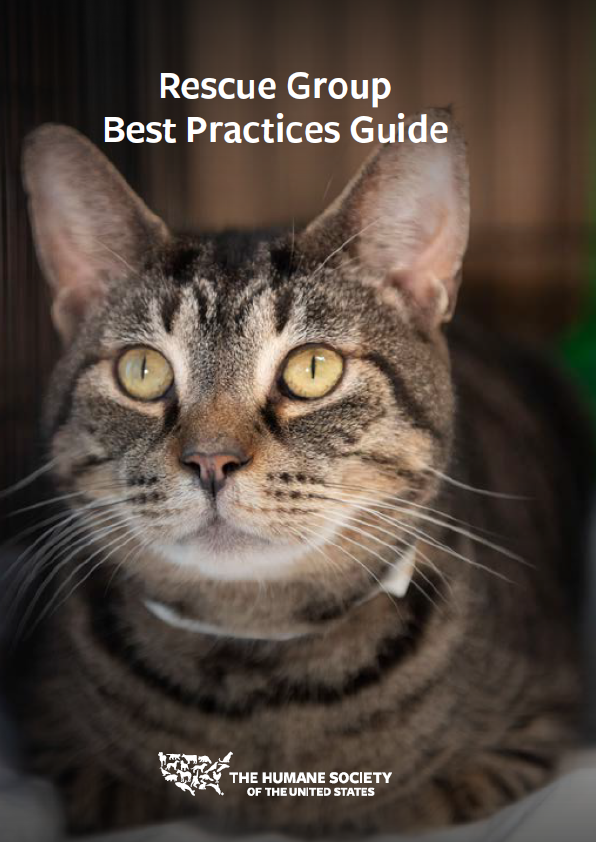Domestic Cat
Domestic cat is the only domesticated species in the family Felidae. Domestic cats are valued by humans for companionship and their ability to kill rodents. About 60 cat breeds are recognized by various cat registries.
Cats were first domesticated in the Near East around 7500 BC. It was long thought that cat domestication began in ancient Egypt, where cats were venerated from around 3100 BC.
As of 2021, there were an estimated 220 million owned and 480 million stray cats in the world. As of 2017, the domestic cat was the second-most popular pet in the United States, with 95.6 million cats owned and around 42 million households own at least one cat. In the United Kingdom, 26% of adults have a cat with an estimated population of 10.9 million pet cats as of 2020.
A predator that is most active at dawn and dusk (crepuscular), the cat is a solitary hunter but a social species. It can hear sounds too faint or too high in frequency for human ears, such as those made by mice and other small mammals. Cats also secrete and perceive pheromones.
The cat is similar in anatomy to the other felid species: it has a strong flexible body, quick reflexes, sharp teeth and retractable claws adapted to killing small prey. Its night vision and sense of smell are well developed.
Cat communication includes vocalizations like meowing, purring, trilling, hissing, growling and grunting as well as cat-specific body language.
Little Cats
Female domestic cats can have kittens from spring to late autumn, with litter sizes often ranging from two to five kittens. Domestic cats are bred and shown at events as registered pedigreed cats, a hobby known as cat fancy.
Population control of cats may be effected by spaying and neutering, but their proliferation and the abandonment of pets has resulted in large numbers of feral cats worldwide, contributing to the extinction of entire bird, mammal, and reptile species.
Sense Of Cats
Vision
Cats have excellent night vision and can see at only one-sixth the light level required for human vision.: 43 This is partly the result of cat eyes having a tapetum lucidum, which reflects any light that passes through the retina back into the eye, thereby increasing the eye’s sensitivity to dim light. Large pupils are an adaptation to dim light. The domestic cat has slit pupils, which allow it to focus bright light without chromatic aberration.
At low light, a cat’s pupils expand to cover most of the exposed surface of its eyes. The domestic cat has rather poor color vision and only two types of cone cells, optimized for sensitivity to blue and yellowish green; its ability to distinguish between red and green is limited. A response to middle wavelengths from a system other than the rod cells might be due to a third type of cone. This appears to be an adaptation to low light levels rather than representing true trichromatic vision.
Hearing
The domestic cat’s hearing is most acute in the range of 500 Hz to 32 kHz. It can detect an extremely broad range of frequencies ranging from 55 Hz to 79,000 Hz. It can hear a range of 10.5 octaves, while humans and dogs can hear ranges of about 9 octaves. Its hearing sensitivity is enhanced by its large movable outer ears, the pinnae, which amplify sounds and help detect the location of a noise. It can detect ultrasound, which enables it to detect ultrasonic calls made by rodent prey. Recent research has shown that cats have socio-spatial cognitive abilities to create mental maps of owners’ locations based on hearing owners’ voices.
Smell
Cats have an acute sense of smell, due in part to their well-developed olfactory bulb and a large surface of olfactory mucosa, about 5.8 square centimetres (29⁄32 square inch) in area, which is about twice that of humans. Cats and many other animals have a Jacobson’s organ in their mouths that is used in the behavioral process of flehmening. It allows them to sense certain aromas in a way that humans cannot. Cats are sensitive to pheromones such as 3-mercapto-3-methylbutan-1-ol, which they use to communicate through urine spraying and marking with scent glands.
Many cats also respond strongly to plants that contain nepetalactone, especially catnip, as they can detect that substance at less than one part per billion. About 70–80% of cats are affected by nepetalactone.
Taste
Cats have relatively few taste buds compared to humans (470 or so versus more than 9,000 on the human tongue). Domestic and wild cats share a taste receptor gene mutation that keeps their sweet taste buds from binding to sugary molecules, leaving them with no ability to taste sweetness. Their taste buds instead respond to acids, amino acids like protein, and bitter tastes. Cats also have a distinct temperature preference for their food, preferring food with a temperature around 38 °C (100 °F) which is similar to that of a fresh kill and routinely rejecting food presented cold or refrigerated (which would signal to the cat that the “prey” item is long dead and therefore possibly toxic or decomposing).
Whiskers
To aid with navigation and sensation, cats have dozens of movable whiskers (vibrissae) over their body, especially their faces. These provide information on the width of gaps and on the location of objects in the dark, both by touching objects directly and by sensing air currents; they also trigger protective blink reflexes to protect the eyes from damage.











